Jigsaw vs. Reciprocating Saw: Choosing the Right Tool for Your Cutting Project
- December 11, 2023
- 0 comment
In the realm of power tools, two names often spark a debate among DIY aficionados and professional craftsmen: the jigsaw and the reciprocating saw. Each tool boasts its own set of strengths and specialized uses, making the choice between them more than just a matter of preference. As we navigate the intricate world of cutting and shaping materials, understanding the nuanced differences between these two powerhouses becomes crucial. In this exploration, we’ll dissect the unique features, applications, and performance aspects of the jigsaw and reciprocating saw, guiding you toward making an informed decision for your specific cutting needs. Whether you’re tackling a complex renovation project or indulging in a weekend hobby, knowing which saw to wield can transform your work from good to exceptional.
The Essentials of Jigsaw and Reciprocating Saw
Reciprocating Saws
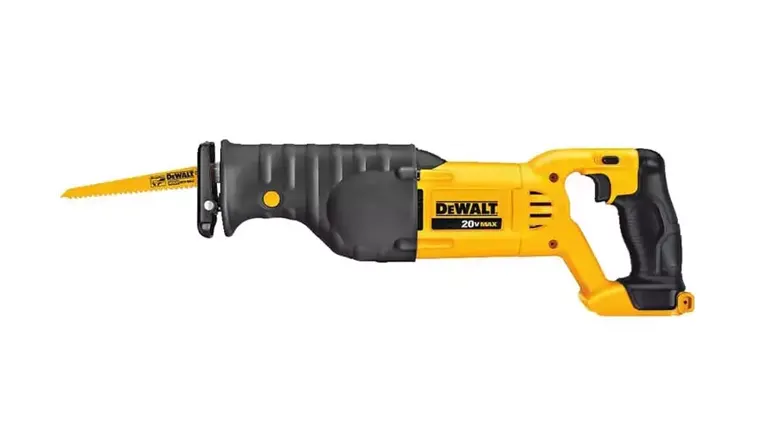
Reciprocating saws are the go-to choice for a range of tasks including general sawing, remodeling, and cutting through pipework and conduit. Their larger size necessitates two-handed operation, with a design that allows the blade to protrude in line with the body, offering unshielded, powerful cutting. A key characteristic of these saws is their horizontal ‘hognose’ design, making them ideal for heavier-duty tasks.
Jigsaws
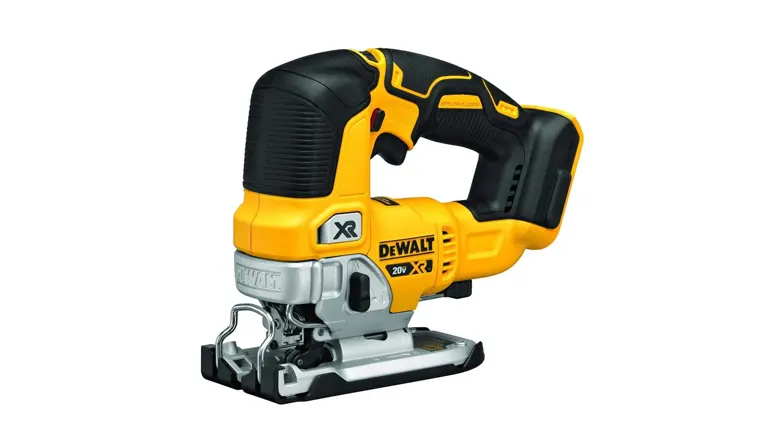
Conversely, jigsaws cater to more delicate and precise requirements, often favored by woodworkers and carpenters. Their compact, vertical design features a handle on top, with a blade set at a 90-degree angle. The unique feature of a sliding transparent shield enhances safety, making jigsaws particularly suitable for intricate cuts and detailed work.
Design and Functionality of Jigsaw and Reciprocating Saw
Form Factor
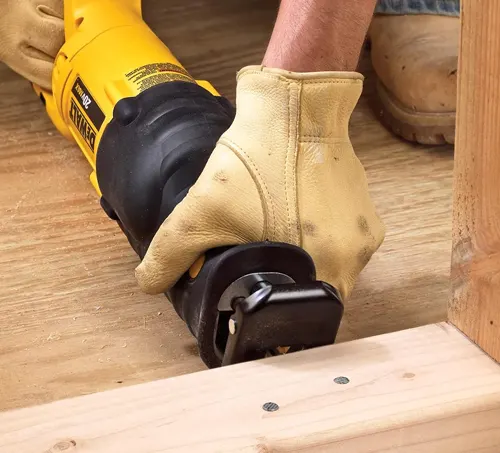

When it comes to form factor, the reciprocating saw demands a two-handed grip due to its larger size, making it more appropriate for robust, heavy-duty tasks. Its design is tailored to handle challenging cutting jobs that require a bit more power and endurance. On the other hand, the jigsaw presents a more compact and user-friendly design. It is manageable with a single hand, which speaks to its suitability for tasks that require a high level of detail and precision. This makes the jigsaw an ideal tool for intricate cuts where finesse is more important than brute force.
Blade Orientation and Safety

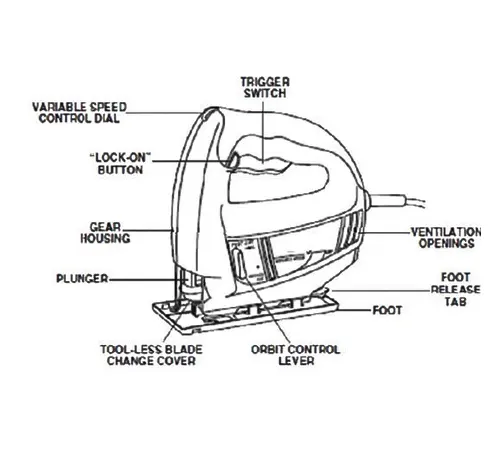
The reciprocating saw features a blade that aligns with the body of the tool. This design is conducive to aggressive cutting tasks. The blade is unshielded, which facilitates more robust and less restricted movement, essential for heavy-duty cutting. In contrast, the jigsaw’s blade extends from underneath the tool. This orientation is particularly advantageous for precision work. Notably, jigsaws often include a safety shield over the blade. This shield is a crucial feature, enhancing safety while allowing for detailed work. It prevents accidental contact with the blade, ensuring that the user can focus on precision cutting without compromising on safety. This thoughtful integration of blade design and safety features in both tools highlights their intended applications and operational environments, guiding users to choose the right tool for their specific project needs.
Versatility in Cutting and Usage
Reciprocating Saw Usage
Reciprocating saws are the workhorses of cutting tools, best suited for heavy-duty tasks such as demolition and robust cutting. Their ability to handle a diverse array of materials, from masonry to concrete, makes them indispensable on construction sites. The longer blades of reciprocating saws are designed to provide support while cutting through thicker materials. However, this strength comes with a caveat; the finish left by these saws can be somewhat rougher, necessitating further smoothing in some applications.
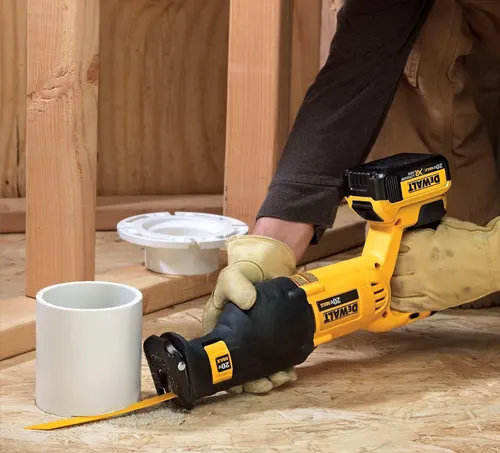
Jigsaw Usage
Jigsaws, in contrast, shine in their ability to make intricate cuts and follow curved patterns, particularly in woodworking. Their precision is unmatched when it comes to cutting materials like plastic, metal, and various sheet materials. The jigsaw’s strength lies in its capacity to execute complex cuts, such as creating large holes or following intricate curved patterns, making it a favorite for detailed and finished work.
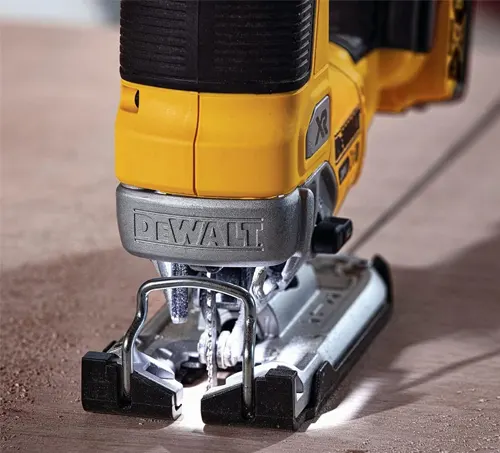
Operation and Handling
When it comes to operation and handling, reciprocating saws offer remarkable flexibility. They can be used in a variety of orientations and are often operated freehand, which adds to their versatility in different cutting scenarios. The addition of a pivoting shoe enhances the stability of the cut without impeding the tool’s mobility, allowing for more controlled operation even in challenging positions.
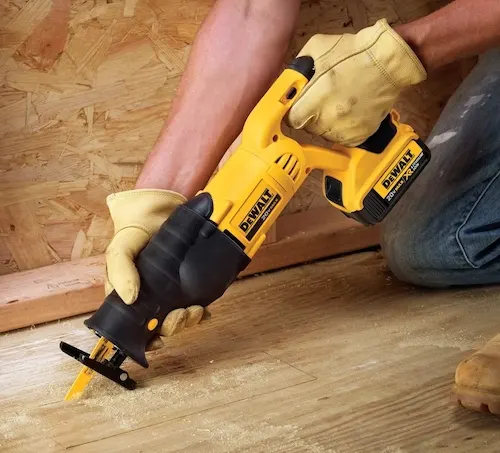

Jigsaws, on the other hand, require a more precise approach. For optimal control and precision, the base plate of the jigsaw needs to remain flush with the material being cut. This requirement is crucial for maintaining control and achieving accurate cuts. Additionally, the jigsaw’s design allows for the base plate to be adjusted to different angles, facilitating bevel cuts and enabling the cutting of complex joints. This level of control and adjustability makes the jigsaw a preferred tool for projects that demand high precision and intricate detailing.
Speed Control and Blade Options
Both tools come with variable speed settings, but they differ in control mechanisms. Reciprocating saws use a variable speed trigger for rapid adjustments, while jigsaws combine a trigger with additional controls for finer speed settings. This feature is critical for matching the cutting speed to the material’s nature.
Making the Right Choice Reciprocating Saw or Jigsaw
When it comes to making the right choice between a reciprocating saw and a jigsaw, the decision hinges on the specific requirements of your project. Each tool has distinct features and strengths that make it suitable for different applications.
Choosing a Reciprocating Saw If your project involves tasks that demand robust and versatile cutting capabilities, such as demolition work or heavy-duty construction, a reciprocating saw is an ideal tool for you. It is designed to be resilient and versatile, capable of handling a wide range of materials and conditions with ease. Whether you’re cutting through thick lumber, pipes, or even masonry, the reciprocating saw’s powerful stroke and durable blades make short work of these tough materials. It’s the tool of choice for tasks where power and speed are more critical than precision.
Opting for a Jigsaw On the other hand, if your project requires high precision, intricate design work, or delicate material handling, particularly in woodworking, a jigsaw is the superior option. Jigsaws excel in providing greater control and accuracy, making them perfect for detailed cutting tasks. Whether you’re crafting complex curves, cutting fine shapes, or working with thin and delicate materials, the jigsaw’s precise blade and adjustable settings allow for a level of detail that a reciprocating saw can’t match. It’s the ideal tool for finishing work, detailed carpentry, or any project where the quality of the cut is paramount.
Conclusion
In conclusion, understanding the distinct features, strengths, and suitable applications of both jigsaws and reciprocating saws is crucial for selecting the right tool for your project. While the reciprocating saw is your go-to for heavy-duty and demolition tasks, the jigsaw excels in precision and intricate cutting. By choosing the tool that aligns with your project’s requirements, you ensure not only the success of your current project but also a more efficient and enjoyable work experience. Whether you’re undertaking construction, remodeling, or detailed crafting, having the right cutting tool is essential for achieving the desired outcomes.
FAQs
- Can a jigsaw be used as a substitute for a reciprocating saw in demolition work?
While a jigsaw can handle a variety of materials, it is not designed for the heavy-duty tasks typically associated with demolition. Its strength lies in precision cutting, not the aggressive, high-powered cutting required in demolition. - Is it possible to make straight cuts with a reciprocating saw as accurately as with a jigsaw?
Reciprocating saws can make straight cuts, but they are generally less precise than jigsaws. The design of a jigsaw, with its stable base plate, lends itself to more accurate straight-line cutting. - Can I use a reciprocating saw for detailed woodworking projects?
While a reciprocating saw can cut wood, it is not ideal for detailed woodworking where precision and fine control are necessary. A jigsaw is better suited for detailed woodworking projects. - Are there specialized blades for jigsaws and reciprocating saws for specific materials?
Yes, both tools have a range of specialized blades designed for different materials, such as wood, metal, ceramics, and even glass. Choosing the right blade is crucial for effective cutting and prolonging the life of the tool. - Can a jigsaw be safely used to cut metal?
Yes, a jigsaw can cut metal when equipped with the appropriate blade. It’s important to use a metal cutting blade and possibly reduce the speed setting for cleaner cuts. - How do I decide between a corded and cordless model for either tool?
The choice depends on your specific needs. Cordless models offer greater mobility and are convenient for work in areas without easy access to power outlets. Corded models typically provide more power and don’t have limitations on battery life. - What safety precautions should be taken when using a reciprocating saw or jigsaw?
Always wear protective gear, including safety glasses and gloves. Ensure the material being cut is securely clamped down. Be aware of the potential for kickback, especially with a reciprocating saw. Read and follow the manufacturer’s safety instructions for each tool. - Can I use a reciprocating saw to prune trees or cut through roots?
Yes, a reciprocating saw can be very effective for gardening tasks like pruning trees or cutting through roots, especially when equipped with a blade designed for wood cutting. - How does the orbital action in a jigsaw affect its cutting?
Orbital action in a jigsaw moves the blade in a slightly circular pattern, allowing for faster and more aggressive cutting, especially beneficial in cutting wood. - Is it feasible to create bevel cuts with a reciprocating saw?
While possible, it’s much more challenging to make precise bevel cuts with a reciprocating saw due to its design and typical usage. Jigsaws, with adjustable bases, are better suited for creating accurate bevel cuts.













Leave your comment